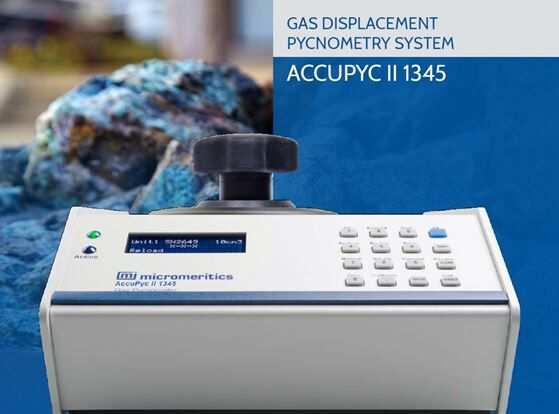Optimise Nanocatalysis with precisely controlled porosity, surface area
01 Aug, 2020 | Newsletters

| Micromeritics Materials characterisation |
| Heterogeneous catalysis enables faster, large-scale production and selective product formation. Physical characterisation of catalysts in terms of porosity, surface area and pore size are not only related to the study of reactants and product diffusion but also to control production quality, to investigate catalyst deactivation and efficiency of regeneration processes. In this webinar, attendees will learn more about: – Parameters related to catalyst characterisation in terms of porosity, specific surface area, pore size distribution and density – Catalytic reaction stages influenced by physical parameters – Basic principles of gas pycnometry, mercury intrusion porosimetry and gas physisorption – Guidelines for interpreting analytical results |
| New models to characterise porous materials such as carbons, zeolites, and MOFs |
 Download this White Paper: Download this White Paper:Easily applied with existing software, these models improve the accuracy of porosity metrics derived from gas adsorption data. NLDFT, which involves molecular modelling, generates accurate values of the physical properties of an adsorptive, notably density, inside pores, where fluid behavior is modified by interactions with pore walls. |
| Developing nanocatalyst performance: Analytical techniques for a knowledge-led approach |
 Download this White Paper Download this White PaperUnderstand of the factors that influence behaviour and performance of heterogeneous catalysts in the nanoregion and how to control them using complementary technologies for precise characterisation of nanoparticle size, surface area and porosity. |




 02 9541 3500
02 9541 3500